Angel Fish
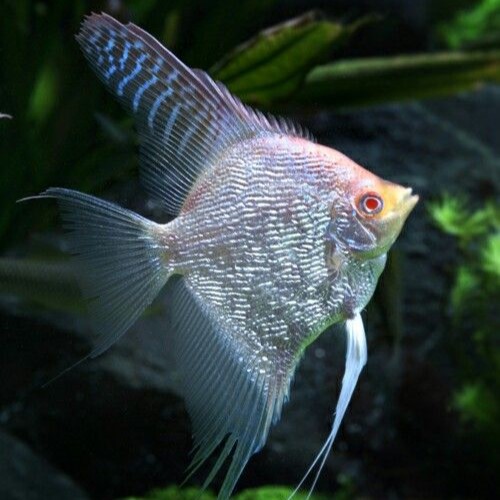
Albino Pearlscale Angel

Platinum Angel
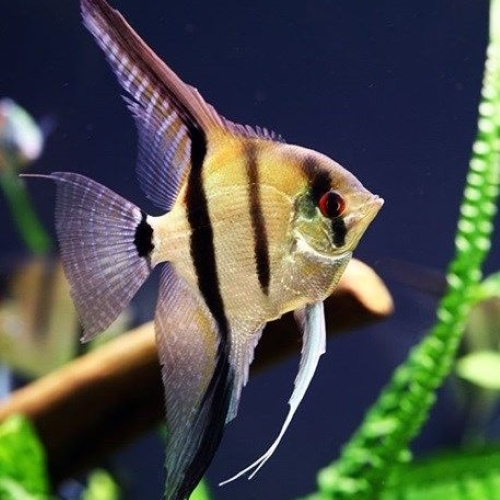
Aultum Angel
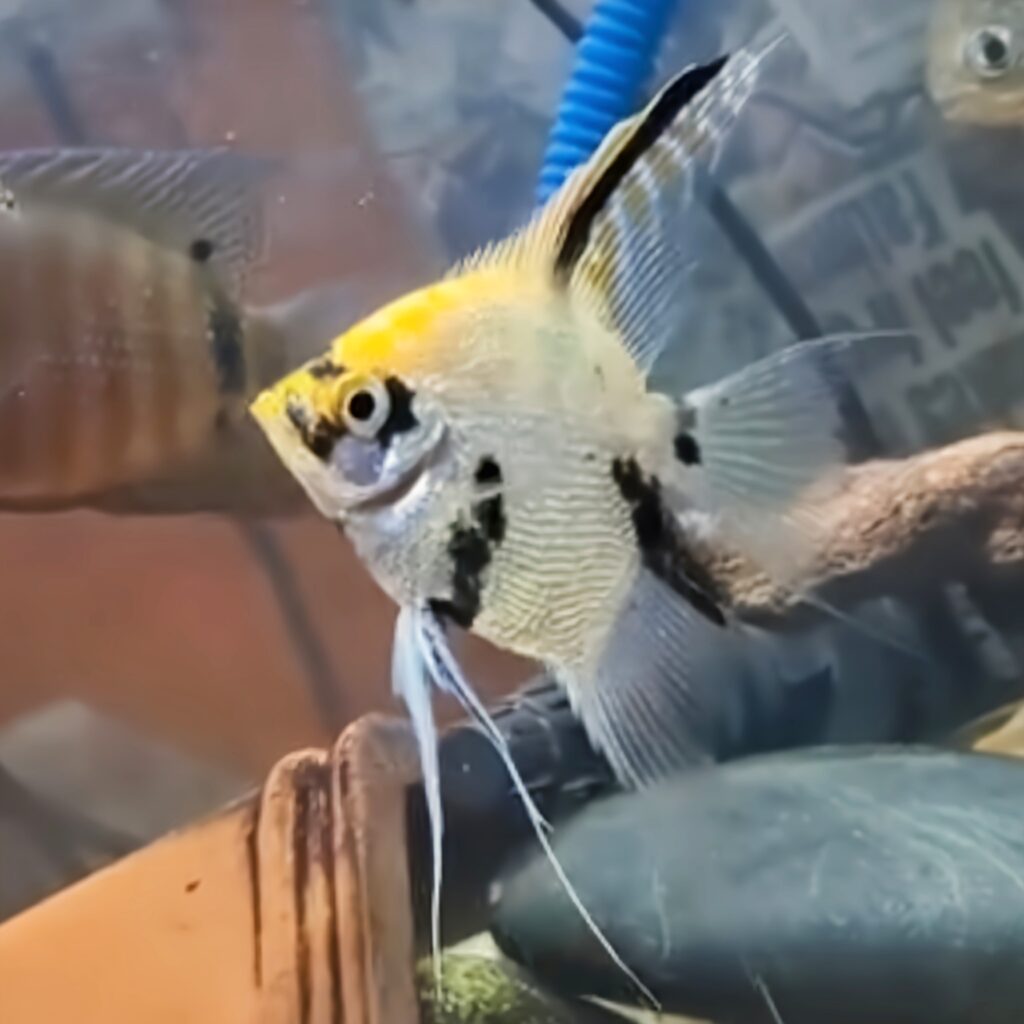
Koi Ghost Angel
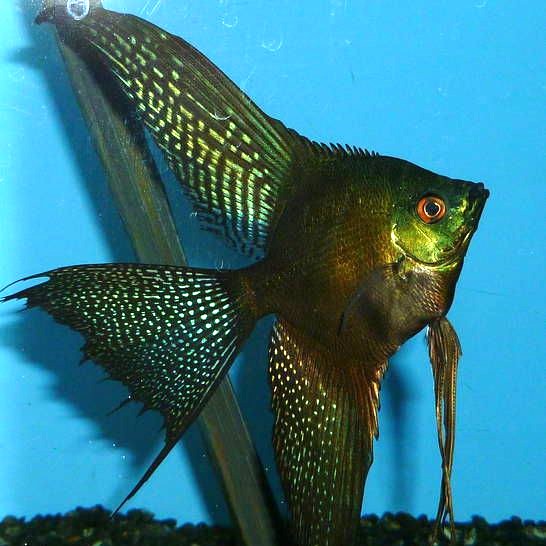
Jet Black Lace Angel
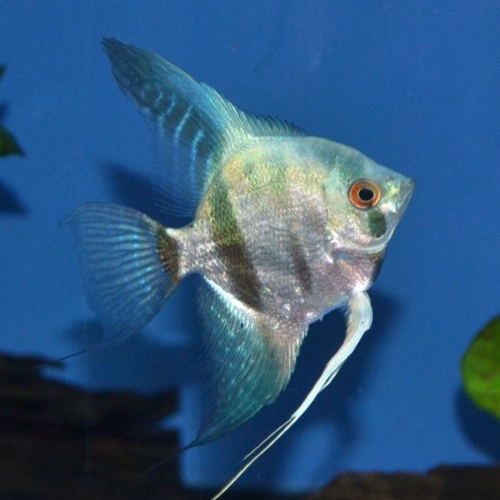
Blue Zebra Angel
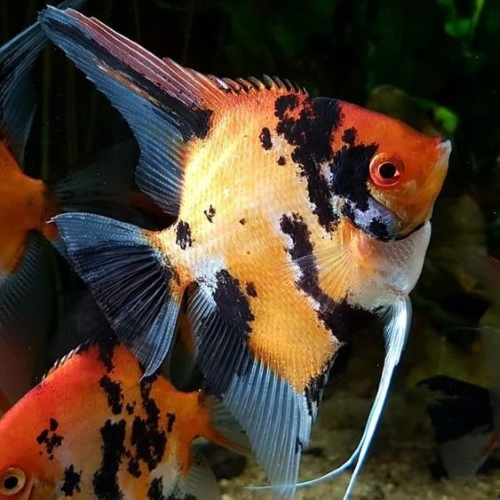
Red Head Koi Angel
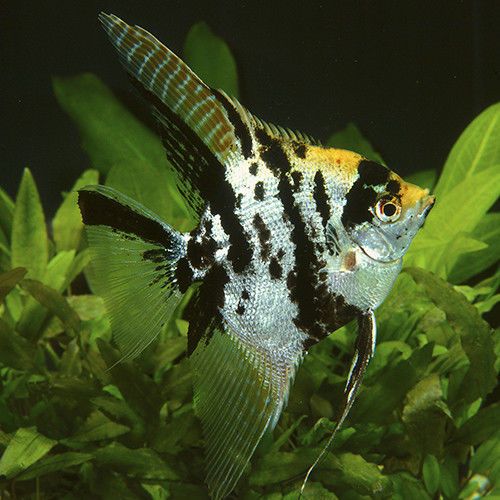
Marble Angel
Description
The freshwater angelfish (Pterophyllum scalare) is a popular aquarium fish known for its graceful appearance and vibrant colors. It belongs to the Cichlidae family and is native to the Amazon River basin in South America. Here’s a description of the freshwater angelfish:
Appearance: Freshwater angelfish have a distinct triangular shape with elongated, laterally compressed bodies. They have long, flowing fins that trail behind them as they swim. The dorsal and anal fins are tall and pointed, while the pectoral and pelvic fins are more rounded. The caudal fin, or tail fin, is fan-shaped. The body coloration can vary greatly, with different patterns and combinations of colors. Common varieties include silver, black, platinum, marble, and various shades of orange, yellow, and red. They often exhibit vertical black stripes that run from the top of their bodies to the bottom.
Size: Angelfish can grow up to approximately 6 inches (15 cm) in height and have a wingspan of about 8 inches (20 cm). However, the size can vary depending on the genetics and care provided.
Behavior: Freshwater angelfish are generally peaceful, but they can become territorial during breeding or if their territory is threatened. They are best kept in small groups or pairs.
Water Requirements: Angelfish prefer slightly acidic water conditions with a pH ranging from 6.0 to 7.5. The temperature should be kept between 75°F and 82°F (24°C to 28°C). Good filtration and regular water changes are necessary to maintain water quality.
Feeding: In the wild, angelfish are omnivorous, feeding on small insects, worms, and plants. In aquariums, they readily accept a variety of commercially available fish foods, including flakes, pellets, frozen or live foods like brine shrimp, bloodworms, and daphnia. A balanced diet that includes a mix of protein-rich and plant-based foods is recommended to ensure their health and vibrant coloration.
Breeding: Angelfish are known to be relatively easy to breed. They form pairs and lay their eggs on broad-leaved plants or other flat surfaces. The parents guard the eggs and take care of the fry once they hatch. To promote breeding, a separate breeding tank with soft, slightly acidic water and plenty of hiding spots is usually set up.
